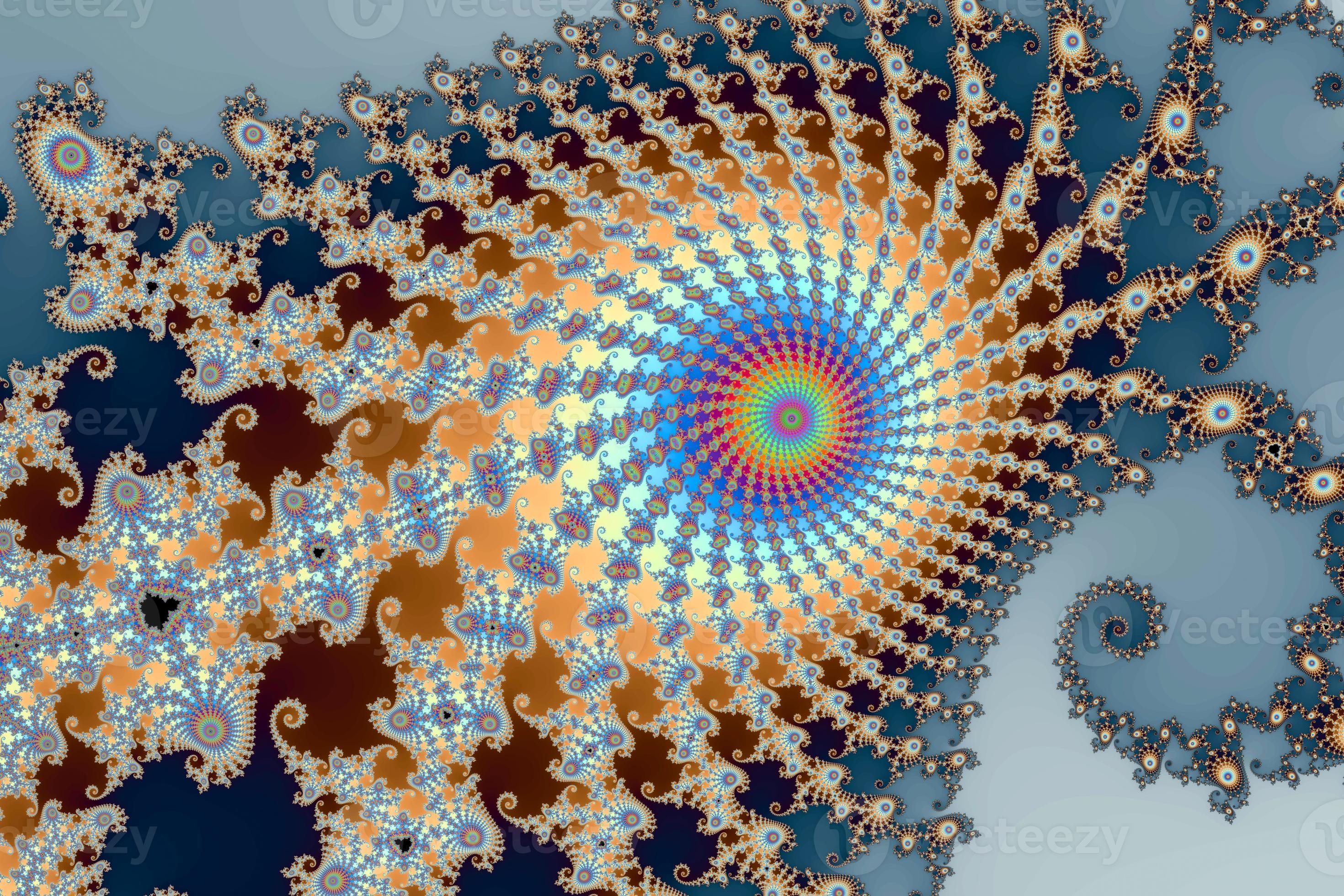
Épülethomlokzatok vizsgálata a fraktálgeometria eszközével
Mi köze a fraktáloknak az épületek homlokzataihoz? Hogyan lehet a modern elméleti matematika eszközeivel közelíteni a szépséghez? Ezekre a kérdésekre keresi a választ építészetelméleti témájú tanulmányaiban Katona Vilmos, az MMA ösztöndíjasa.
Mi köze a fraktáloknak a homlokzatokhoz? Hogyan lehet a modern elméleti matematika eszközeivel közelíteni a szépséghez? Bizony nem a reneszánsz mesterek voltak az utolsók, akik az építészet esztétikai dimenziójával foglalkoztak, és nem az aranymetszés az egyetlen "titok", ami a vitruviusi triádhoz (tartósság, szépség, hasznosság) vezető módszer. Mára úgy vélhetnénk, hogy a szépség elavult vagy meghaladott kérdés, amit pedig a geometriáról tudni kell, azt már mind megfejtették. Ez ugyan közkeletű, de elég nagy tévedés. Ha így lenne, nem volna a szimmetria az egyik legkeresettebb kulcsszó a művészetelméletben, sem pedig az analízis nem volna valódi "emerging science" a tervezésmódszertan területén.
Katona Vilmos, a Pécsi Tudományegyetem Műszaki és Informatikai Karának habilitált egyetemi docense elméleti kutatásait többek között Nikos Salingaros, Michael Ostwald és Wolfgang Lorenz eredményei motiválták arra, hogy a fraktálesztétika egyre szélesedő építészeti tudományához saját módszertani újításával járuljon hozzá. Két kiemelt tudományos közleménye angol nyelven hozzáférhető a Fractal & Fractional, valamint a Buildings folyóiratokban. Ezeket a ténylegesen és nemcsak névlegesen tudományos folyóiratokat a Web of Science jegyzi, és ezen belül a szakterületen kivételesen magas impaktfaktorral rendelkeznek. A szerző célja az volt, hogy az elméleti háttér ismertetésén túl használható eszközöket adjon a gyakorlati tervezők, minősítési intézmények és a törvényalkotók kezébe ahhoz, hogy a szépség kérdéséről a szokásosnál tárgyilagosabb fogalmat alkothassanak az építészetben.
A szabad hozzáférésű tanulmányok az alábbi webhelyekről tölthetők le:
The Hidden Dimension of Facades: Fractal Analysis Reveals Composition Rules in Classical and Renaissance Architecture [letöltés]
This study uses fractal analysis to measure the detailed intensity of well-known Classical and Renaissance façades. The study develops a method to understand their interrelated design principles more comprehensively. With this evaluation tool, one can observe intrinsic connections that support the historical continuity and point out balancing composition protocols, such as the ‘compensation rule’, that regulated design for centuries. The calculations offer mathematical constants to identify Classical and Renaissance details by plasticity rates. Finally, we base this method on spatial evaluation. Our calculations involve depth, which connects planar front views with the haptic reality of the façades’ tectonic layers. The article also discusses the cultural and urban implications of our results.
Relief Method: The Analysis of Architectonic Facades by Fractal Geometry [letöltés]
This paper explores the working hypothesis that fractal patterns that closely match those found in nature are more likely to convey a strong sense of genius loci to humans by comparison with ‘Euclidean’ patterns that do not occur in nature frequently. A part of this survey is concerned with showing the pattern-conscious thinking, regarding the façade composition and material textures, of historical buildings compared to different ecological or geological scenes. We also examine the background of pattern-design from architectural theory, and extrapolate the matter to certain questions about spatial quality, tectonics, and the phenomenon of place. Our most important concern is an attempt to enhance architectural arguments regarding place and character with mathematical calculations. We introduce ‘relief method’ as a possible way to capture the haptic nature of architecture beyond the patterns of its two-dimensional projections. Through this approach, façades are considered as reliefs and pictures at the same time, thus reflecting the tension between their materiality and visual representation. Fractal geometry also helps to understand how architectonic layers define scale, and by which means architecture could be translated into the human level of physical existence.
